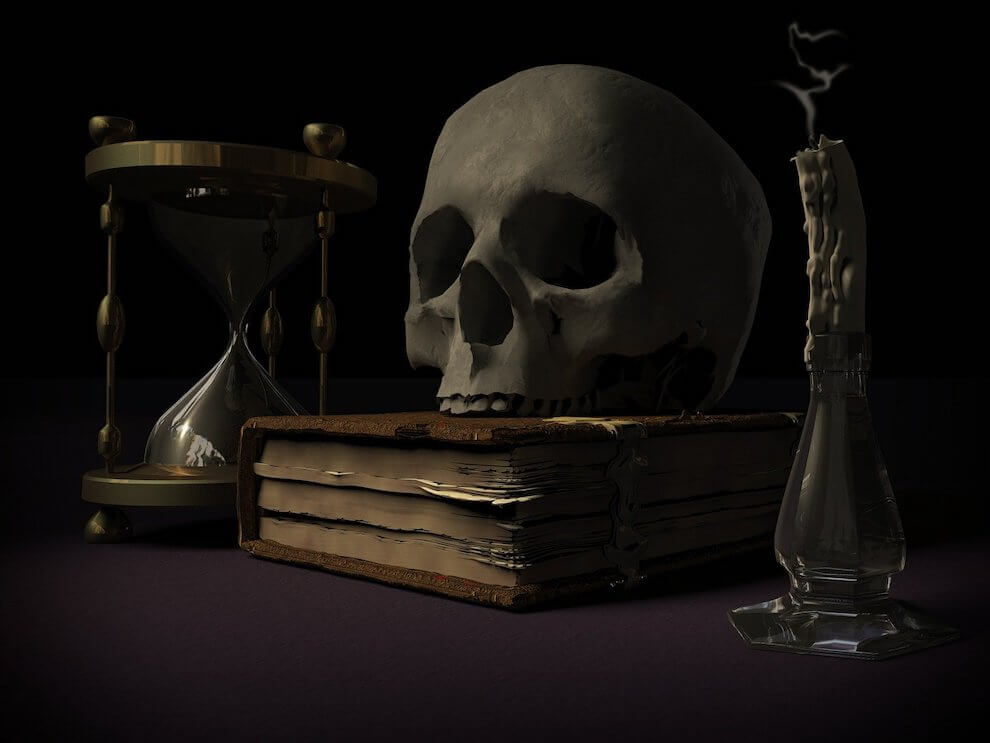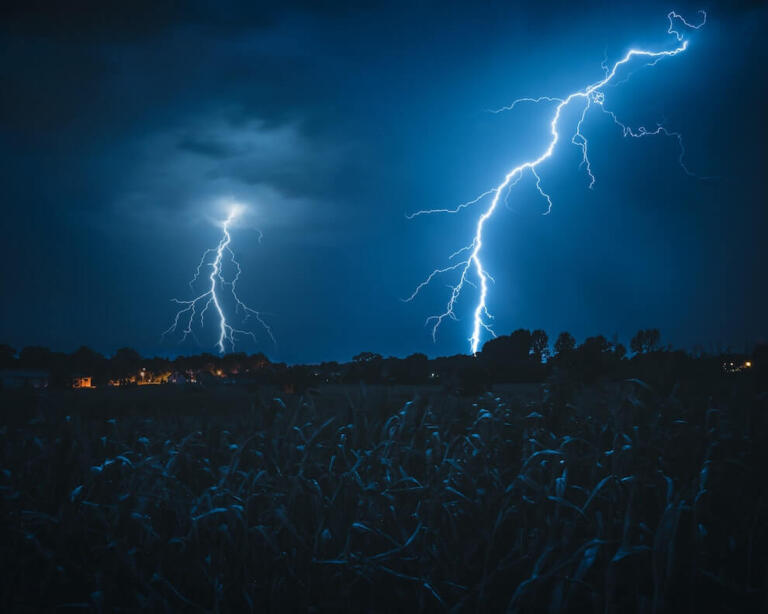The most natural and dreaded part of life is death and every culture has its own interpretation of death and the afterlife. Animals do not have the same capacity as humans to dwell on this topic. Thus humans stand out in this regard, so much so that at times it may consume our entire being.
The thought of death and the afterlife brings about dread, sorrow, and unmitigated uncertainty. Religions are the only method by which some people find solace from the impediment of death. It’s also the way in which we believe life has meaning after death.
There are as many views about death as there are cultures on this planet. People have certain beliefs that accommodate their relationship to death. Either we ascend to a higher plane of existence or get sent back into a new life with a new body in the form of reincarnation.
Heaven, Hell, or something else
Heaven and Hell, a good place and a bad place. This form of the death and the afterlife is present in many beliefs, each with its variations and distinctive features.
The Christian world, almost in its entirety, believes in the immortality of the soul and an afterlife preceding the passing of the body. Catholics believe that upon death the soul is judged by God and sent either to heaven or hell. Christianity in and of itself cannot agree on all its doctrines. This creates many nuances of the afterlife.
Some branches of this religion acknowledge the existence of heaven and hell but not of purgatory. Jehova’s witnesses believe that upon death they shall go into a deep sleep, awaiting resurrection. While some shall arrive in Heaven, many others will come back to life and live in a paradise on Earth, a garden of Eden.
Afterlife or new life
Other cultures have a different approach to the end of life. In Buddhism, reincarnation happens based on Kamma and Karma, good or bad actions. A person can be reborn into an animal if in their former life he has harmed another person, physically or verbally.
There are 31 realms of existence in Buddhism into which one can be reborn. In Hinduism, the body is but a weak vessel that. Upon death, the body is discarded, and the soul takes a new form with new body to live a new life. This cycle repeats itself a few times. The ultimate goal is to break that cycle of reincarnation and attain a higher state of peace.
Death and the afterlife in Antiquity
Ancient times are full of mysteries and many of them revolve around how people thought about death and the afterlife. Many of their views on this topic we still don’t know a lot about, with a few notable exceptions.
Viking’s death
In Norse mythology, half of the warriors killed in battle are chosen to go to Valhalla. The other half goes to Folkvangr, an afterlife ruled by the goddess Freyja. Those that die of natural causes end up in Hel. For the warriors of Valhalla, the journey in the afterlife is far from over. They must keep themselves fit and battle-ready, so that when Ragnarok begins they are ready to fight.
Egyptian burial rituals
Ancient Egyptians believed the soul was comprised of two parts: the ka that was released at death, and the ba that remained with the body after death. Rituals were used to set the ba free and rejoin its ka to form an akh.
The preservation of the body in the form of mummification was necessary. This way the ba could safely return to the body and absorb new life. The ka would return each day to form the akh. Before the two parts of the soul came together, the ka would dwell in the Kingdom of the Dead. The ba would go to the fields of Aaru, to work for Osiris as payment for the protection it received.
The last judgment of the soul for Egyptians was the weighing of the heart against the Shu feather of truth. If the heart was lighter, the soul could pass on. But if the heart were heavier, the soul would be devoured by the demon Ammit.
Death in Ancient Greece and Rome
In ancient Greece, the souls of the dead are carried by Hermes, the messenger of the Gods, to the banks of the River Styx. Here Charon awaits to ferry them off. The souls arrive at one of the four different places in the afterlife.
The Elysium fields are heaven, a peaceful place for the purest souls. Tartarus is for blasphemers and evildoers. The Asphodel fields for mediocre souls, and the field of Punishment for the sinners that did not go to Tartarus. Romans have adopted the same system for the afterlife from the Greeks, changing the names of the Gods.
Conclusion – death and the afterlife
Every afterlife in every culture has a particular hierarchy of levels in the afterlife, with various and numerous rules and regulations, it almost seems bureaucratic.
It is, however, understandable that people have tried to assign many guidelines and systematically organize a part of our existence that they have no control over. Instead of wallowing in the ambiguity of the unknown after death, we fill that space with order and meaning.
The common goal for many people is to assign reason to our existence. In the end, some choose atheism or agnosticism and are either happy or anxious about the all-encompassing nothingness or unkown.



Leave a Comment